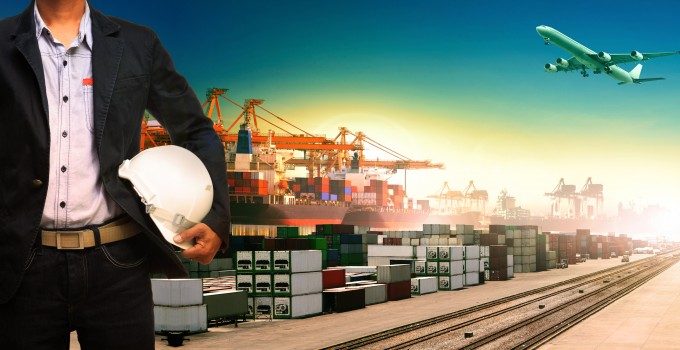Volume surge and an early peak season? 'Don't celebrate too soon,' warning
While this week’s announcement of a new 90-day window/reprieve on US-China reciprocal tariffs had carriers ...

Like their counterparts in the UK, truck drivers in the US are voting with their feet and leaving the industry at an “unsustainable pace”.
These are the words of Federal Maritime Commission (FMC) commissioner William Doyle, who is at the forefront of an investigation by the ...
Four crew members still missing as Wan Hai 503 continues to burn
Explosions and 'out-of-control' fire reported on Wan Hai box ship
Predatory rivals circle as the ripples from DSV's Schenker buy widen
MSC Elsa crew face criminal probe, as Wan Hai 503 firefighters battle on
'It's driving us mad', say forwarders as US court fails to end tariff turmoil
Transpacific rates ease as capacity boost proves too much for trades to digest
European port congestion easing – for now
CMA CGM 'testing the water' of the Suez Canal for more services
Flexport: Sanne Manders talks profitability, fire-sales and Dave Clark
DSV insiders hit back at Kuehne & DHL GF – got a 'pro integration' going
More legal trouble in India for MSC: feeder vessel detained after box ship disasters
DHL makes €500m bid to increase its presence in 'fast-growing Gulf markets'

Comment on this article
Brett Gordon
October 15, 2014 at 7:12 pmThe major issue with the ports of LA and LB has to do with the management of chassis. Since the steamship lines have stopped managing chassis, there is a major problem tracking and allocating chassis.
Need to focus a study on chassis management.
Next is poor management of terminal access. Drivers can bring in an empty container, but can not pull a full unless they go back out and get back in line This is ludicrous. Effective and efficient flows in an out of terminals is key to handling high volumes and driver retention.
Drivers are making less an minimum wage since they can only get one turn a through a terminal as they are spending up to 6 hours a day waiting in line. Again, absolutely ludicrous.
The FMC needs to immediately create an emergency working group with authority to force steamship lines, terminal operators and chassis management to improve their operations and flows. Process improvement and coordination are the answers to the immediate issues. Larger container ships is more smoke and mirrors compared to improved throughput and chassis management.
Finally, do not forget the union slowdowns have also contributed significantly to the congestion and poor throughput. When labor unions can stop or disrupt international trade and a vast portion of the US supply chain, the Dept of Labor needs to step in to mediate and penalize big labor when either explicit or covert labor slowdowns at ports are affected.